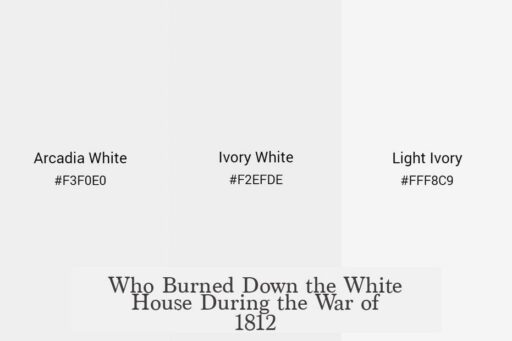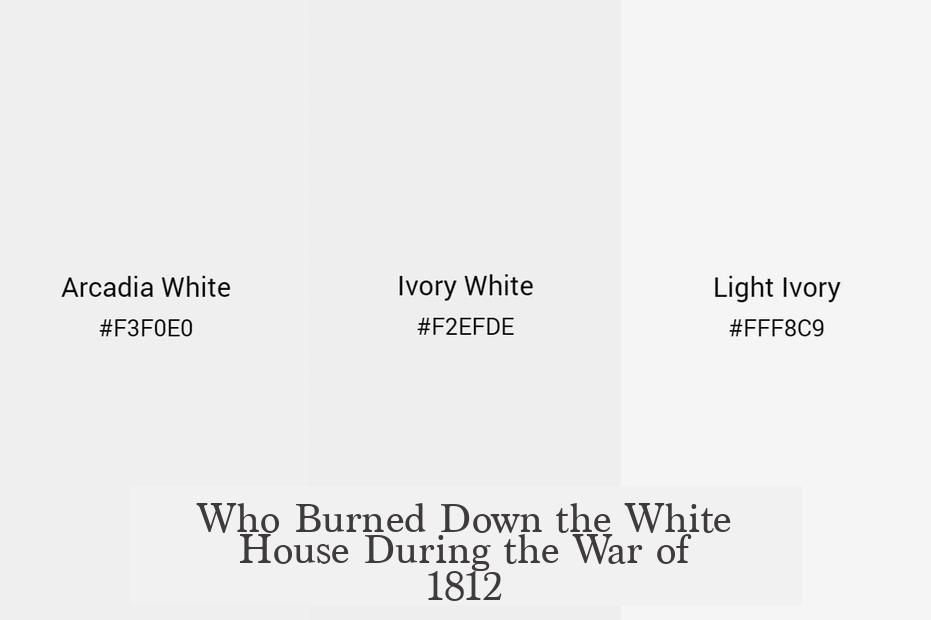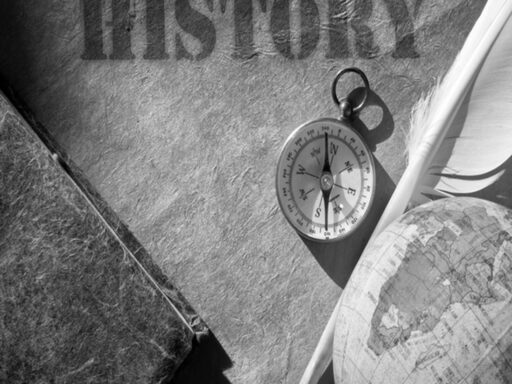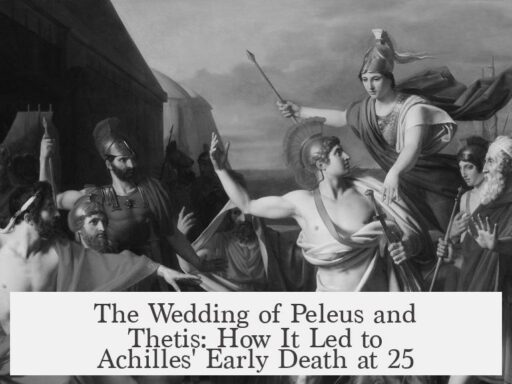The White House was burned by British forces during the War of 1812, specifically under the command of Major General Robert Ross. These troops consisted primarily of British Regulars from England and Scotland, not Canadians.
The core British units included regiments such as the 85th Regiment of Foot from Buckinghamshire, the 21st Regiment of Foot from Scotland, the 4th (King’s Own) Regiment from Lancaster, and the 44th (of Essex) Regiment. Most of these troops had recently fought in Europe, notably in France, Spain, and Italy, before being deployed to North America. They arrived directly from Europe, often sailing from ports like Gibraltar and Genoa, and were part of the campaign leading to the Battle of Bladensburg and the burning of Washington in August 1814.
Supporting forces included Royal Marines, Royal Artillery, and the Corps of Royal Engineers, the last being responsible for setting fire to public buildings such as the White House and the Capitol. Additionally, there was a company of Colonial Marines composed largely of former slaves from the Caribbean, an initiative of Admiral Cochrane during the war.
Canadian involvement in the burning of the White House was minimal to nonexistent. The British Regulars who carried out the burning were not Canadian and did not come through Canadian territory. While some naval commanders and personnel belonged to the North American Station based in Nova Scotia, the primary operations were launched from Bermuda, indicating limited Canadian direct engagement.
The question of identity is complex. At the time, “Canadians” largely identified as British subjects. Thus, although British troops performed the action, distinguishing them sharply from Canadians was less clear-cut. However, official records and troop deployments confirm the attackers were British troops, not Canadian forces.
| Force Element | Origin | Role |
|---|---|---|
| British Regulars (85th, 21st, 4th, 44th Regiments) | England, Scotland | Infantry assault on Washington |
| Royal Marines & Royal Artillery | United Kingdom | Supporting combat troops |
| Corps of Royal Engineers | United Kingdom | Burning public buildings |
| Colonial Marines | Former slaves from Caribbean | Combat support |
- The burning of the White House was carried out by British Regular forces under Major General Ross.
- Regiments were raised primarily in England and Scotland and recently fought in European theaters.
- Corps of Royal Engineers performed the actual act of setting the White House ablaze.
- Canadian forces did not participate directly, though naval support might have included personnel associated with Nova Scotia.
- At the time, British and Canadian identities were closely intertwined, but troops responsible were definitively British.
Who Burnt Down the White House in the War of 1812?
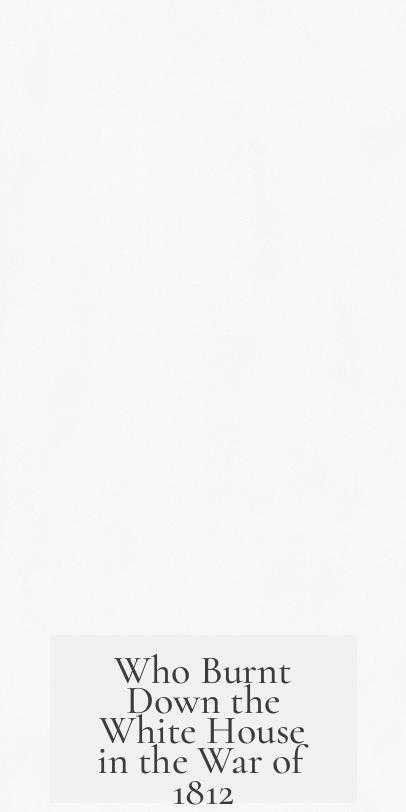
The White House was burnt down in 1814 by a British force mainly composed of British Regulars—soldiers raised in England and Scotland fresh from European battles—who were supported by Royal Marines, Royal Artillery, the Royal Engineers (the actual torchbearers), and a special company called the Colonial Marines. But that’s only the opening line of a story with layers, unexpected twists, and a sprinkle of history you might not have heard before.
Let’s dive deeper into who exactly marched into Washington and set the White House ablaze during the War of 1812. Spoiler alert: it wasn’t Canadians, and that’s a common misconception worth clearing up!
The British Regulars: The Core Force Behind the Blaze
The backbone of the invading force was the British Regulars. These weren’t some random militia or local bandits. Think of them as Britain’s elite troops—veterans from battles on European soil who, after skirmishing in France and Spain during the Napoleonic Wars, got shipped straight over to America.
The troops belonged to famous regiments like the 85th Regiment of Foot, 21st Regiment of Foot, 4th (King’s Own) Regiment of Foot, and 44th (of Essex) 1st Battalion. For example, the 85th was raised way back in Buckinghamshire in 1793. These soldiers had recently fought in December 1813 at the Battle of the Nive, and within months, they found themselves on transport ships headed to Chesapeake Bay. By August 19, 1814, they landed ready for the campaign that marched right through to the infamous Battle of Bladensburg and the subsequent torching of Washington’s public buildings.
The 21st Regiment had its roots in Scotland from 1678 and carried proud Scottish traditions into battle. They had been active in Italy before sailing to Maryland, along with the 44th battalion, which had also seen action in Italy and the Peninsular War. Meanwhile, the 4th King’s Own, raised in Lancaster, sailed directly from France to join the fray.
Not Just Regulars: The Unsung Heroes of Flame
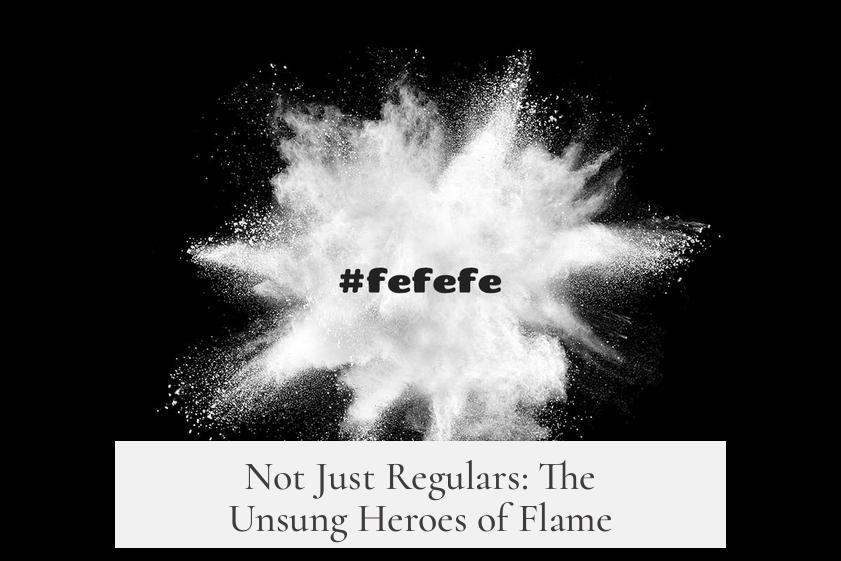
The British force wasn’t just a bunch of infantrymen marching with muskets. They brought along the Royal Marines and Royal Artillery. But the true specialists in destruction were the Royal Engineers. These engineers had a very specific job: burn down the public buildings in Washington. Yes, rampaging might sound rougher, but these chaps were the demolition experts, experts at turning buildings into historical smoke signals.
There was also a fascinating unit called the Colonial Marines. This was not your average troop contingent—they were former slaves from the Caribbean, formed by Admiral Cochrane as a fighting force loyal to the British Crown. Talk about a complex mosaic of forces marching into the American capital!
Were Canadians Involved? The Myth Versus Reality
Here’s where many stories go sideways. Plenty of folks assume that Canadians, being neighbors just across the border, had a direct hand in burning the White House. The truth? Not so much.
The force that ransacked Washington contained very few, if any, Canadians. The regiments involved were primarily British, raised and stationed in England, Scotland, and parts of Europe. None came through Canada en route to Chesapeake Bay. Some individual soldiers may have had experience serving in Canadian garrisons or fought during the American Revolutionary War in Canada decades before, but that’s about the extent of Canadian involvement.
The only Canadian-related connection was naval—some of the warships and navy commanders came from the North American Station, based in Nova Scotia. These ships helped transport and support the invasion force, but they launched mostly from Bermuda, not Canada itself. So, if you were expecting a bunch of Mounties with muskets, sorry to burst that bubble.
Did Identity Confuse the Story?

Back in 1814, the idea of “Canadian” as a distinct national identity wasn’t exactly a thing yet. People who lived in what is now Canada identified largely as British subjects. So while no official “Canadian army” torch team burned the White House, you could say the individuals involved were “British” people lending a hand in the empire’s military efforts. That makes the narrative easier: it was British Regulars, not Canadians, who left their smoky mark on Washington.
Why Does This Matter Today?
Understanding who exactly burnt down the White House shapes how we see history and national identity. It teaches us not to oversimplify complex events by conflating nationality with empire or geography. The story highlights the reach of the British Empire during its heyday and paints the War of 1812 not as a solely American versus Canadian skirmish, but a global conflict in which seasoned British soldiers played a decisive, fiery role.
It also invites us to appreciate the peculiar role of units like the Colonial Marines, adding nuance to the conventional narratives about who fought and why. And, it reminds history buffs to check beyond myths and ask: who really pulled the trigger, or in this case, flicked the match?
Final Takeaway
The British Regulars—seasoned war veterans from England and Scotland—led the operation that burnt down the White House during the War of 1812. They were backed by specialized troops like the Royal Engineers (the actual arsonists) and accompanied by a motley crew including Royal Marines, Royal Artillery, and Colonial Marines of former Caribbean slaves. Canadians had little to no direct role in this event, apart from some naval presence from Nova Scotia, and the identities involved were British, not Canadian in the modern sense.
So next time you hear someone say “Canadians burnt the White House,” you can kindly, yet confidently, correct them: it was the British, with a diverse and battle-hardened army, who did that particular deed. History, after all, deserves the truth—even when it’s a bit smoky.
